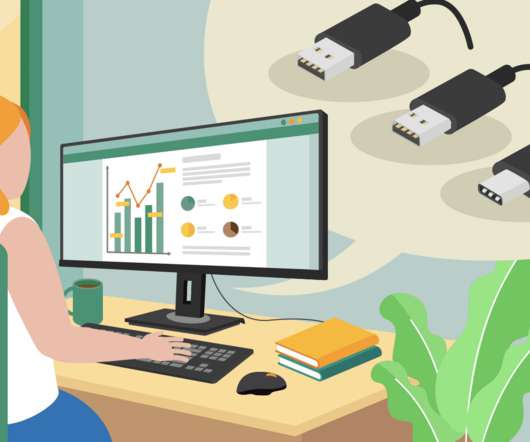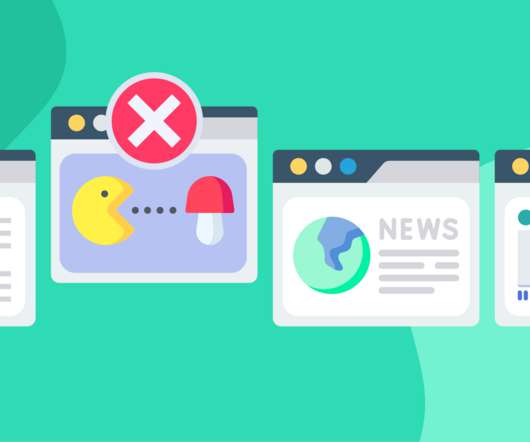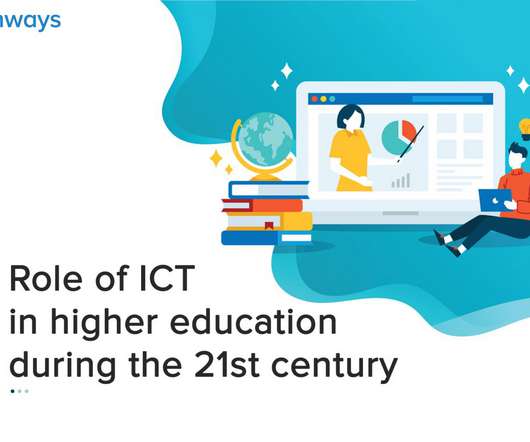USB-C, USB-B, and USB-A: What’s the Difference?
ViewSonic Education
NOVEMBER 29, 2021
On the other hand, USB-C simplifies things considerably, with fully reversible, bi-directional power capabilities and better data rates. That means that the USB standard specifies both the actual form of cabling and connectors and the structure of the data that passes through them. had a data rate of 1.5


































Let's personalize your content